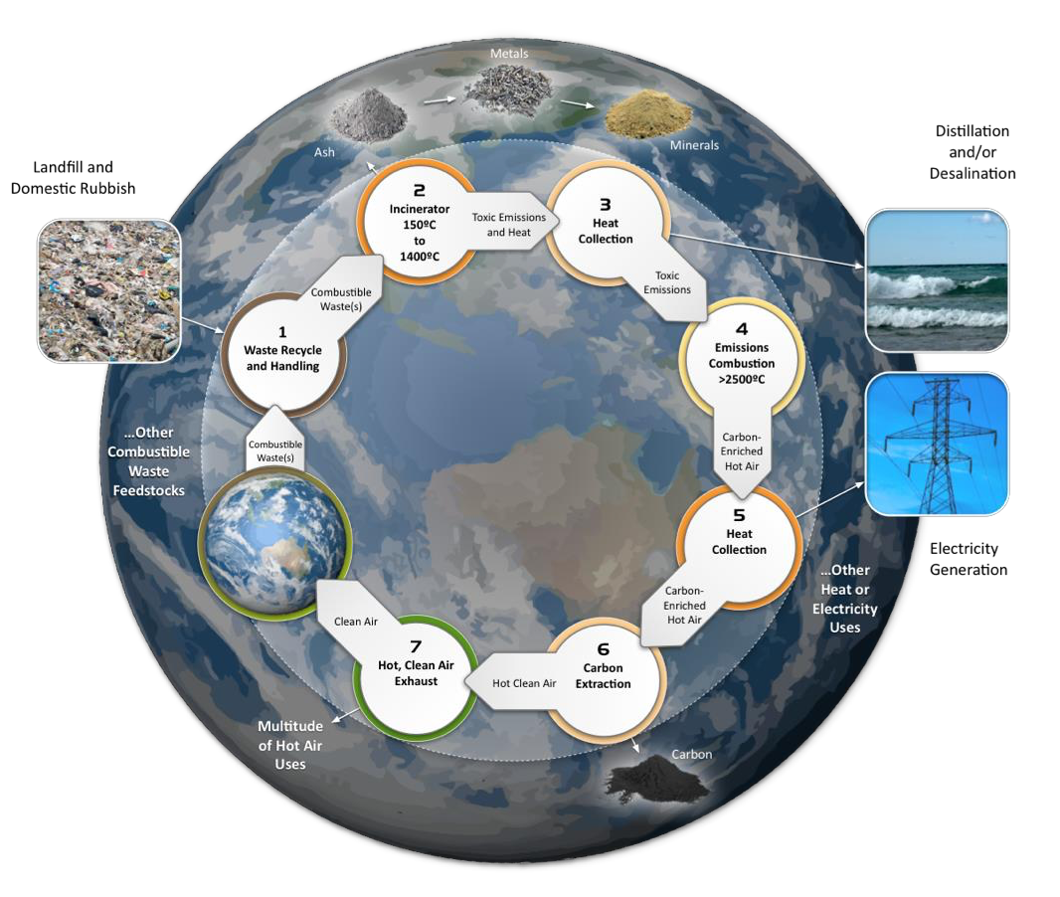FAQ
Answers to the frequently asked questions.
Frequently Asked Questions
A collection of Frequently asked questions by our clients at our first meetings.
RESCA is the leader in providing expert advice to entities that need a solution to the problem of air pollution and waste disposal, and renewable energy.
RESCA provides the cleanest and the most environmentally friendly solution to the problem of air pollution from any kind of burning, as well as production of electrical energy in the process. We strive to offer our clients the most advanced approaches to their problems that will provide big investment opportunities and returns, in monetary as well as the environment. Our solutions are ranging from small waste incineration plants through big fossil fuel power plants to cruise/cargo ships.
We offer problem solutions applicable to all pollution, waste, burning and emission problems. Please contact us through our contact form by clicking here and state your problem to initiate the process. Afterwards you will be contacted ASAP by our most capable team member for your domain and they will take over the process to provide you with a solution tailored to your needs.
We at RESCA identified the need of a sustainable environmentally friendly solution to any disposal that generates harmful and greenhouse emissions. Therefore, we teamed up with Energy2CleanAir, who offer an unprecedented solution to the problem. E2CA modules offer 99% of reduction in the unwanted emissions, that can be utilised as a electric power generator.
RESCA’s services are available 24/7 around the globe. Currently, there are local offices of highly trained and capable RESCA representatives in Germany, Serbia and Macedonia. Our documents are available on demand in any language. RESCA is responsible for all markets in Europe, Africa, North and South America and part of Asia.
Countries highligted in green are exclusive to RESCA.

Energy2CleanAir Manufacturing Pty Ltd is an Australian business entity, i.e., the company that invented and fabricates the revolutionary Secondary Combustion Reactor Technology (SCRT).

Secondary Combustion Reactor Technology (SCRT)
SCRT is designed to:
- Reduce toxins and particulates from emissions
- Manage kilograms to tonnes of waste per hour
- Produce kilowatts to megawatts of electricity per hour at a highly competitive Levelised Cost of Energy (LCoE)

SCRT is designed to:
- Waste
Can use almost any waste feedstocks (fluid or solid) - Incineration
Compatible with wide range of incinerator types and downstream applications - Primary and Secondary Heat Collection Points
Significant heat is generated and able to be used downstream - Emissions Combustion
By burning at way over 2800℃ the toxic emissions reduced by impressive 99% the process which renders obsolete the required scrubbers or environmental equipment - Carbon Extraction
99% Carbon extracted from emissions - Strong Returns-on-Investment
Very competitive Levelised Cost of Energy (LCoE)

The core of the invention is a patent pending closed loop emissions cleaning technology delivering 2500oC+ temperatures with possibility of generating free renewable electric power.

Toxic emissions reduction in percentages:
- PAH* resuced by 100%
- Carbon Monoxide (CO) reduced by 82%+
- Total solid particulates reduction by 77%+
- Carbon dioxide (CO2) reduction by 73%+
- Oxides of Nitrogen (NO2) reduction by 65%+
- Oxides of Sulphur (SO2) reduction by 51%+
*Polycyclic aromatic hydrocarbon
- Thermal power plants
- Landfills
- Medical Waste
- Oil Industry
- Tires Disposal
- Chemical Waste
- Ship-building Industry
- Construction Industry
- Everywhere there is waste incineration and/or toxic emissions
| Applications | Feedstock Options |
| •Emissions Control | •Green Waste |
| •Waste Management | •Municipal Solid Waste (MSW) |
| •Steam Generation | •Coal |
| •Electricity Generation | •Fuels (Diesel, Gas, and Petrol, etc.) |
| •Sterilisation | •Plastics and Foams |
| •Drying (feedstock and products) | •Wood, Paper and Cardboard |
| •Water and District Heating | •Tyre-derived Fuel (TDF) |
| •Distillation and Desalination | •Medical and Biohazard Waste |
| •Thermal Resource Extraction | •Industrial Waste |
| •Cremation | •Construction Waste |
| •Sewage Treatment | •Liquid Wastes |
| •Locomotion and Machinery | •Chemicals |
| Many more uses | Nearly anything combustible |